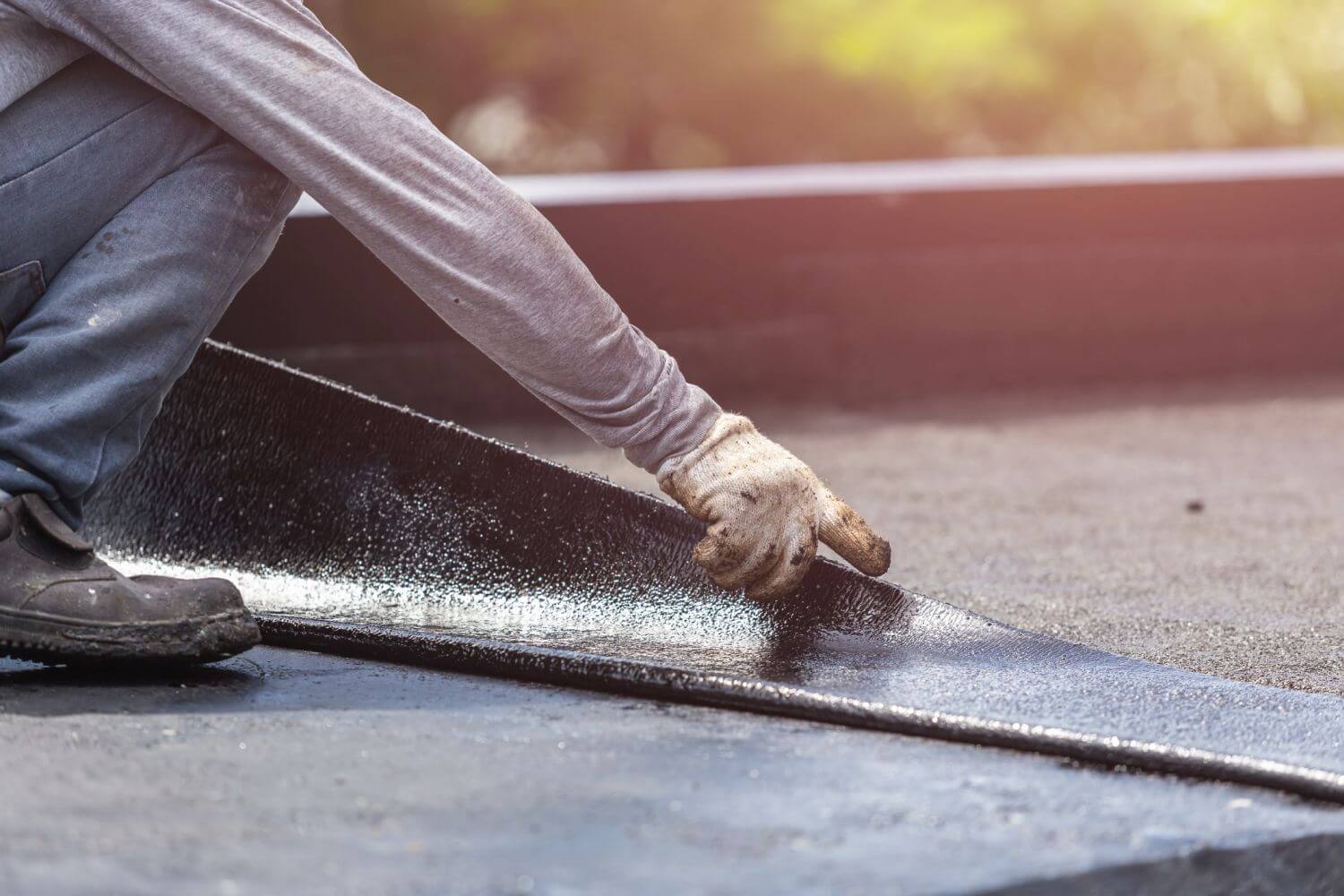The amazing Advantages of Routine Top Care Systems

Upkeeping the roof is one of some of the most important elements of homeownership that often is ignored. Several homeowners overlook the significance of consistent roof maintenance programs and the substantial benefits they can bring. A thoroughly maintained roof not just improves the overall aesthetic of your home but also prolongs its lifespan, helping you prevent high repairs or premature replacement. With regular inspections and prompt interventions, you can identify issues before they escalate, ensuring that your roof remains a reliable shield against the elements.
Recognizing when it’s time for a new roof or being aware how to address common roofing problems is crucial for every homeowner. From noticing signs that indicate your roof needs repairs to deciding between a DIY solution and hiring a professional, being knowledgeable can save you both time and money. As we explore the benefits of consistent roof maintenance, we will also touch on multiple topics, including the longevity of different roofing materials, the importance of routine inspections, and how to select the appropriate roofing contractor for your requirements. By staying vigilant with your roof care, you not only safeguard your investment but also enhance the comfort and efficiency of your home.
Crucial Rooftop Maintenance Procedures
Routine roof maintenance is crucial for increasing the lifespan of your roof and preventing expensive repairs down the track. One of the best approaches is to set up semi-annual inspections. Throughout these inspections, a certified roofer can identify any possible issues such as loose shingles, cracks, or evidence of deterioration. Identifying these problems early facilitates prompt repairs and can mitigate the risk of further damage due to water damage or compromised structures.
Another key practice is to make sure that gutters and downspouts are free of blockages. Clogged gutters can lead to water pooling on the roof, raising the chances of leaks and structural damage. Homeowners should make it a goal to clean their gutters at least a minimum of two a year, notably before winter and after intense storms. Additionally, cutting overhanging branches can reduce roof damage from falling debris, as well as reduce the risk of mildew from shade.
Keeping proper attic ventilation is also vital for the durability of your roofing materials. Inadequate ventilation can trap heat and moisture in the attic, leading to issues such as frozen water in winter and damage of roofing materials. Making sure that vents are not clogged and setting up exhaust fans if required can help regulate temperature and humidity levels, resulting in a better roof and eventually shielding homeowners from costly repairs and roof upgrade.
Indicators That Suggest It is The Time to Consider a Roof Replacement
As your roof ages, specific indicators will emerge that signal it may be the time for a replacement. One of the most obvious signs is the existence of significant leaks or water stains on your ceilings and walls. If you see consistent dripping during rainy weather or water spots accumulating, it suggests that your roof is no longer effectively safeguarding your home from leakage. Ignoring these problems can lead to more serious structural damage and costly repairs down the line.

Another sign to watch for is curling, absent, or drooping shingles. If your shingles appears warped or if multiple shingles are missing from your roof, it compromises its ability to protect your home from the environment. Additionally, if you can notice light through the boards of your attic, it shows that your roof may have serious damage that requires immediate attention. A thorough visual inspection can assist property owners detect these issues before they worsen.
Lastly, consider the overall age of your roof. Most roofing materials have a finite lifespan; for example, asphalt shingles typically last approximately 20 to 25 years, while metal roofs may last 40 years or more. If your roof is approaching or has surpassed its expected lifespan, it is prudent to seek advice from a roof professional for an evaluation. Investing in a replacement before major issues arise can prevent property owners from significant damage and increased costs in the long run.
Grasping Rooftop Materials and Their Lifespans
While selecting a roofing type, it's essential to take into account both durability and longevity. Common materials such as asphalt shingles generally last around 15 to 30 years, depending on the quality and setup. Metal roofing, known for its durability, can endure spanning 40-70 years, making it a popular choice for property owners looking for a durable investment. Ceramic roofs, although at first more expensive, can also provide excellent longevity, often surpassing fifty years with proper maintenance.
The endurance of a roof type is influenced by several factors, including the climate, care frequency, and installation practices. For https://aaroofingpro.com , roofs in wet or coastal areas may undergo more rapid deterioration due to moisture and salt influence. Understanding these influences helps homeowners make informed choices about materials and necessary maintenance practices to prolong the longevity of their roofs.
Property owners should also consider the advancements in roofing technologies and sustainable options, such as living roofing or solar roofing, which not just offer lifespan and also sustainability benefits. Knowing how much time various rooftop materials endure can help in planning budget allocations for substitution and maintenance, ensuring the rooftop remains a protective barrier for the house for years to come.
